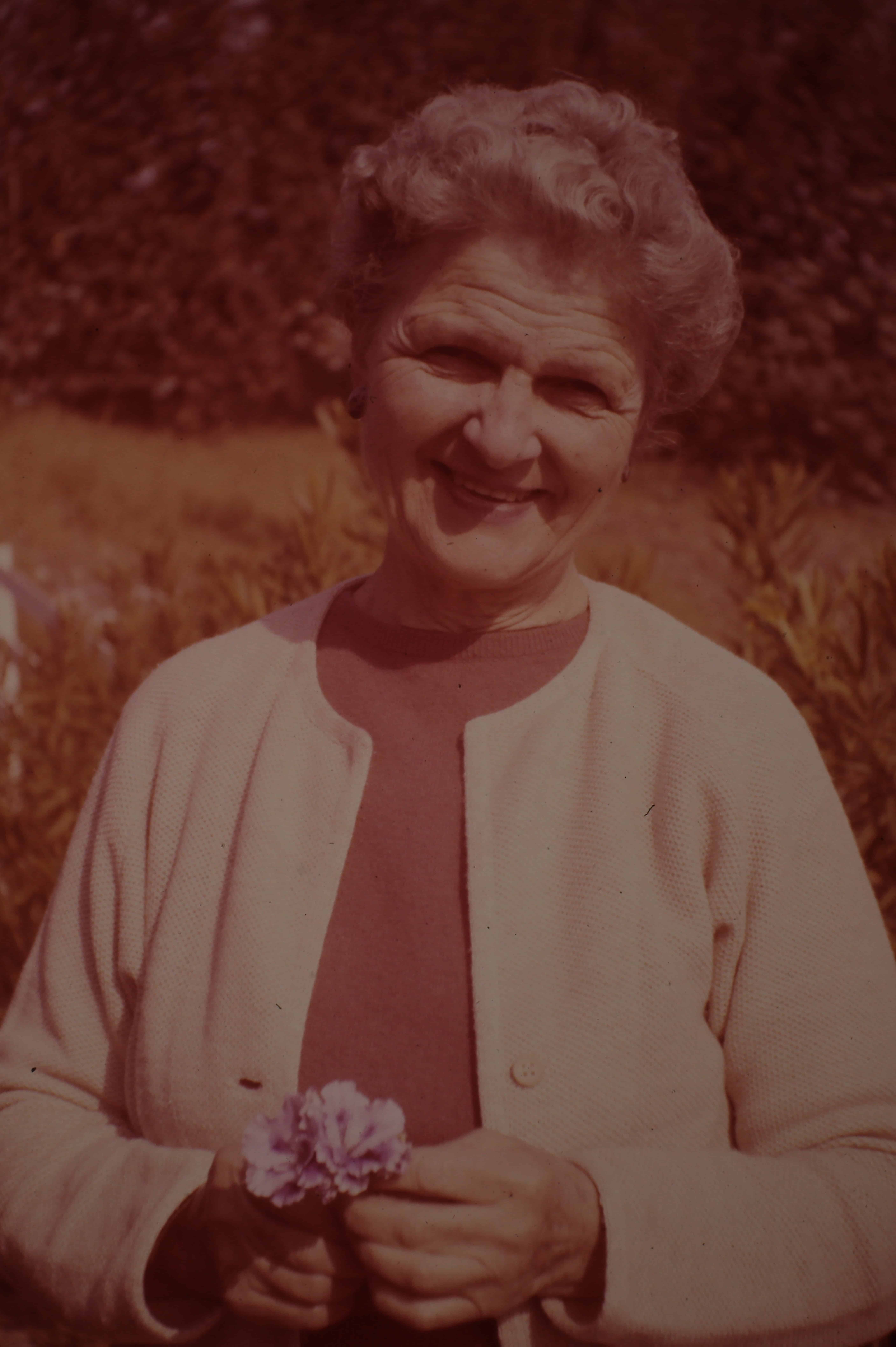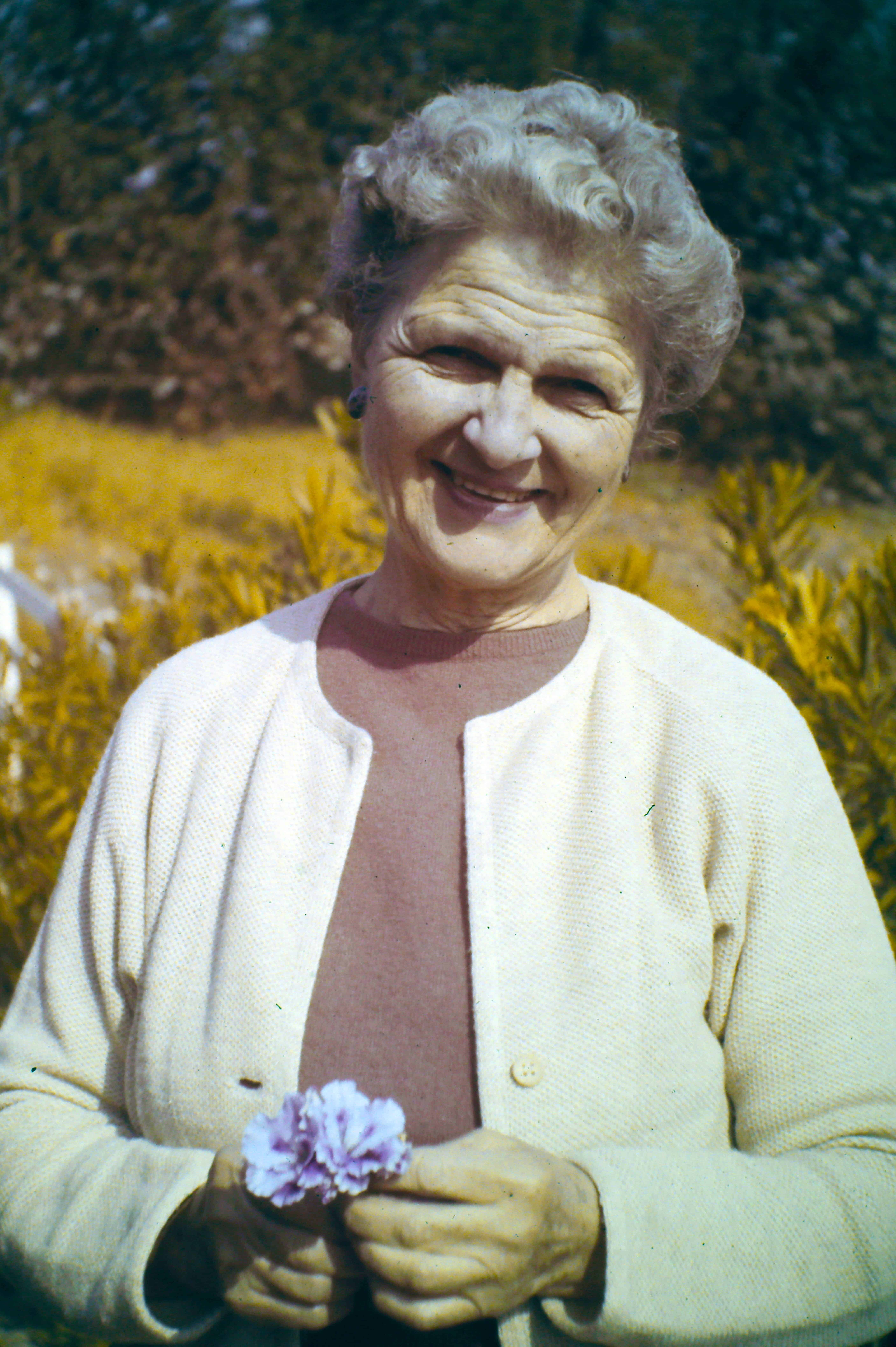Under the hood of a digital image
A digital image is a collection of dots, very much like an image in a newspaper. The dots are called PIXELS, and each pixel has a position, a color, and an intensity associated with it. The resolution of the digital image is determined by the size of the pixels, and is noted as Pixels per Inch. The term “Dots per Inch” or DPI means the same thing. The dynamic range of the image is defined by how many different brightness levels each pixel has, and is reported as a ratio of lightest to darkest, like 10,000 to 1. The number of different colors in the image is reported as color count.
Digital images are data files, and have all the information about where each pixel is in the image, which color it is, and how bright the pixel is. Images with information arranged like this are called RAW images, and get big really fast. An image which is 1,000 pixels wide and 1,000 high has 1 million pixels. A typical pixel in a digital image displays 32 million different colors, and has 64,000 different brightness levels. For each pixel, the computer writes down a 4 digit vertical position, 4 digit horizontal position, 8 digit color number, and 5 digit brightness number. That’s 21 digits for each pixel, and it takes 21 million digits for that 1,000 x 1,000 image.
Image compression
Moving large amounts of information around is a problem for computers, and the human race has been working on how to compress the data associated with images since the 60’s. The challenge is getting small file sizes while maintaining image quality. The culmination of this work is the JPEG Lossless Compression (ISO/IEC 14495) standard, or JPEG-LS for short. This algorithm can compress the data files associated with images, without sacrificing image quality. If fact, image files compressed in this manner blow back up to the original RAW file when they are loaded into image editing programs which follow the latest JPEG standards. (Like Photoshop CS5 and above, Corel Photo-Paint X5 and above, & iPhoto)
You no longer need a TIFF filE!
Photographers who transitioned to digital early on learned that if they wanted high quality digital images, they needed the image in a TIFF file format. This was the only way to get all the original information contained in the original digital image into photo editing software.
With the use of JPEG-LS, the TIFF files are no longer necessary. Photo editing software can now reproduce the RAW (or TIFF) data file without loss when you open the JPEG-LS file.
Our work
See what magic our digitizing technicians can work!
Before Dpsdave

After dpsdave



